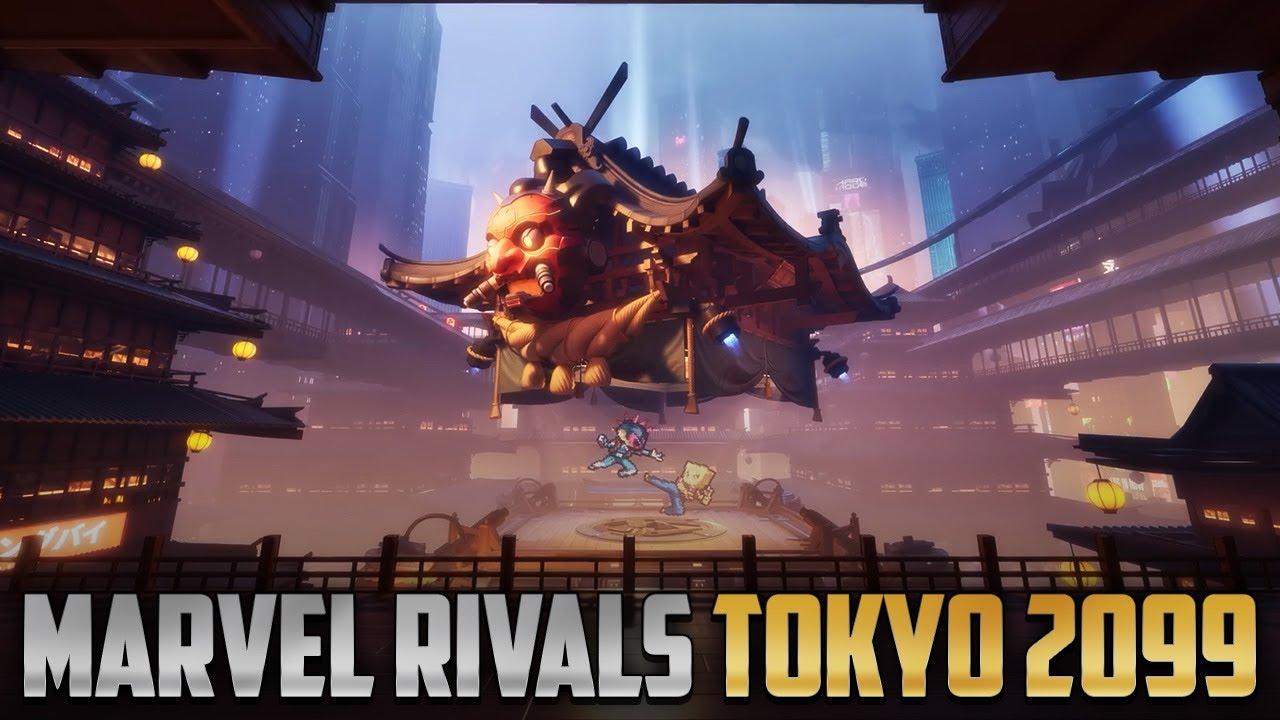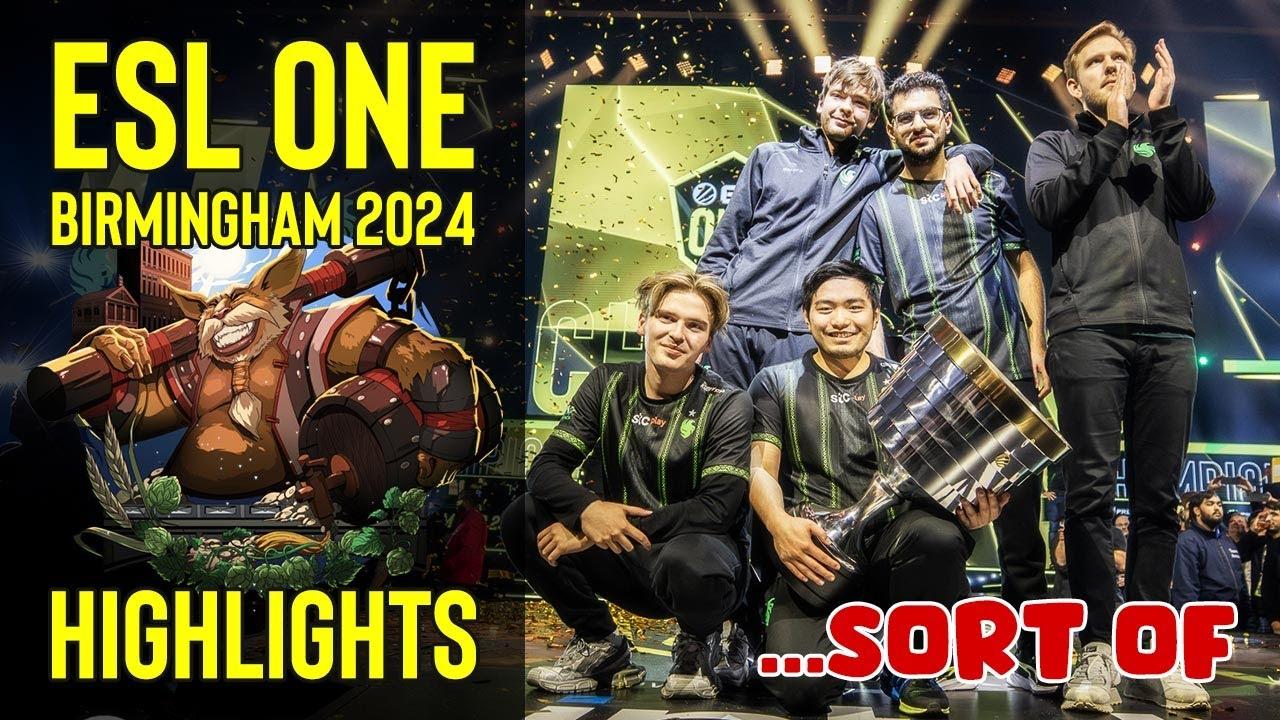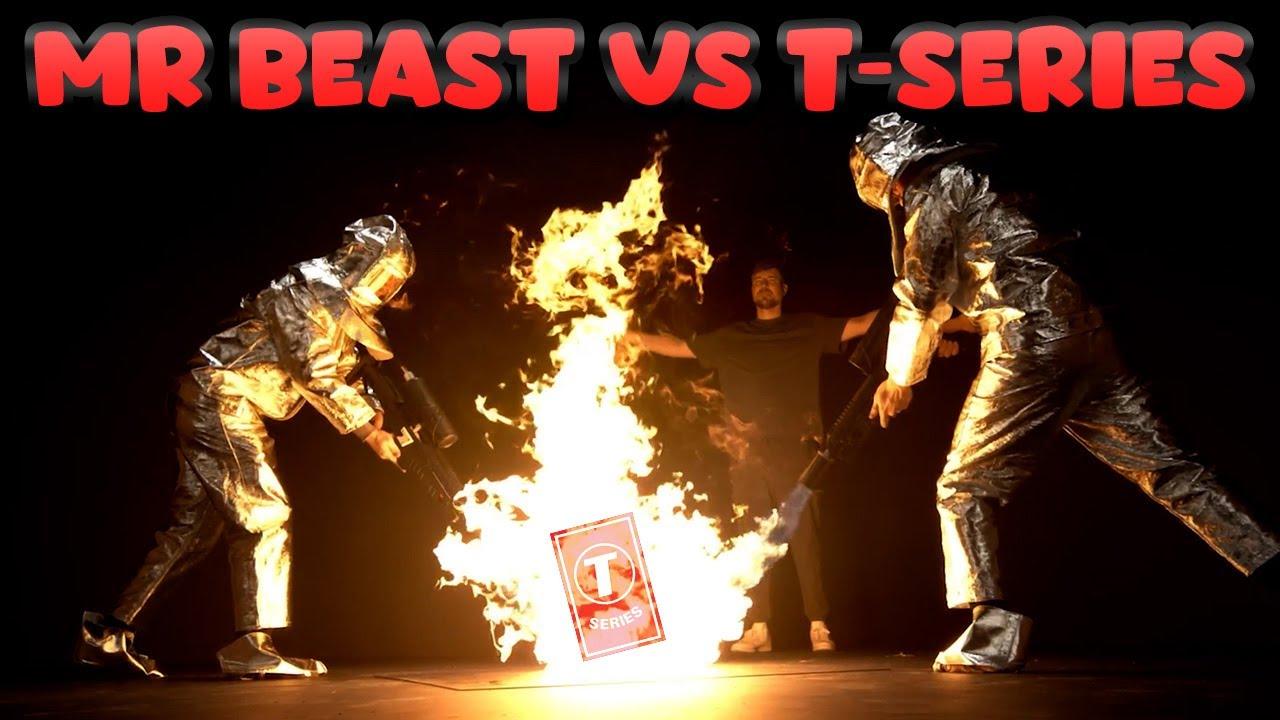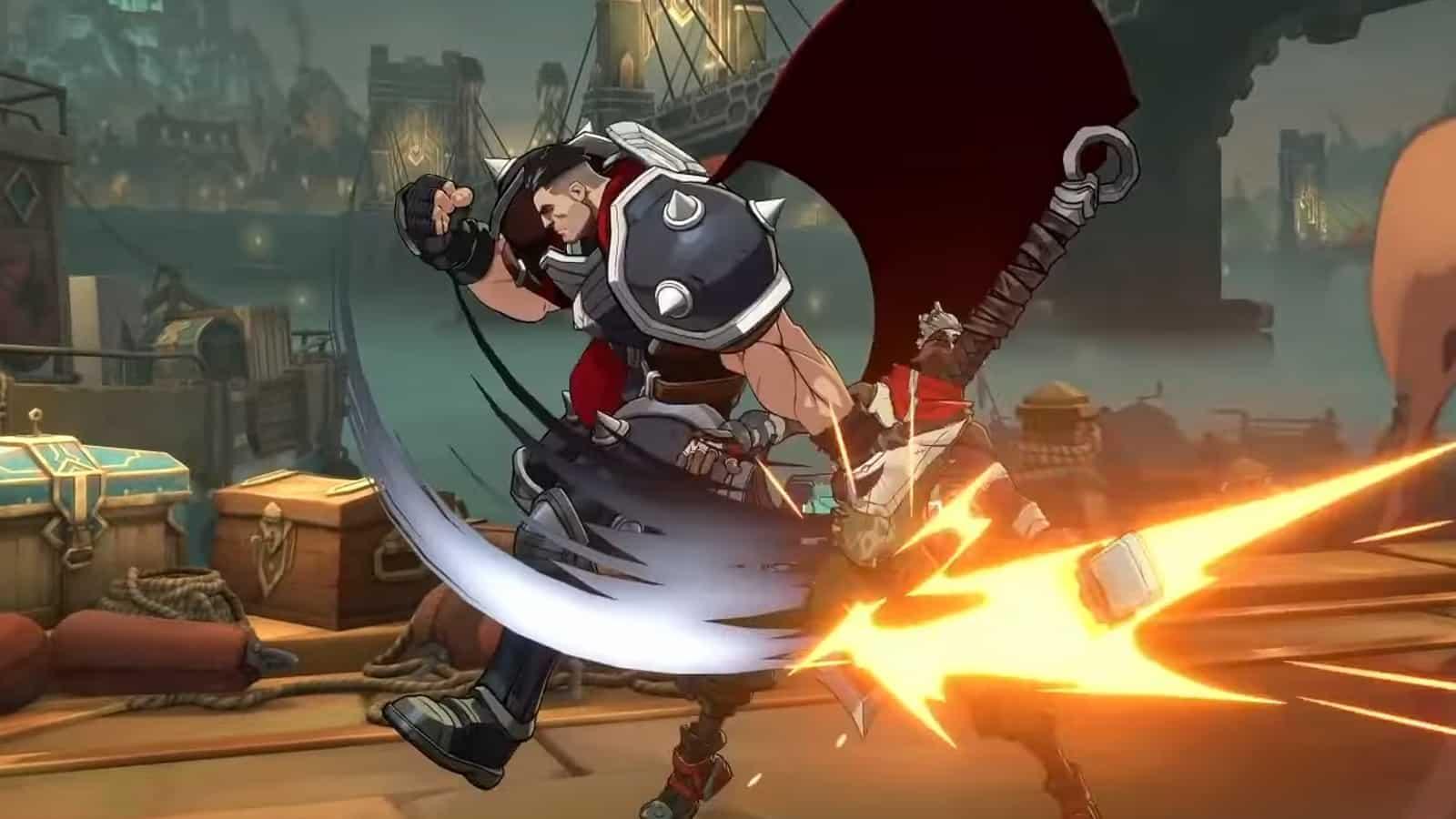
The Universal Project L move list
Project L isn’t out yet, but fans got a chance to take the League of Legends tag-team fighting game for a spin at EVO 2023, so we’ve compiled a full Project L move list.
Project L is the upcoming 2D fighting game from League of Legends and Valorant developer Riot Games. It’s set in Runeterra, the universe of League of Legends, and the fighting roster is composed of champions from the immensely popular MOBA. Four characters were available for play at EVO 2023. The champions were Ekko, Ahri, Darius, and Yasuo.
Riot wanted to help fans trying the game out, so we’ve got a complete idea of what the base mechanics are for the game, and we’ll be diving into champions specifically in upcoming guides.
Project L move list
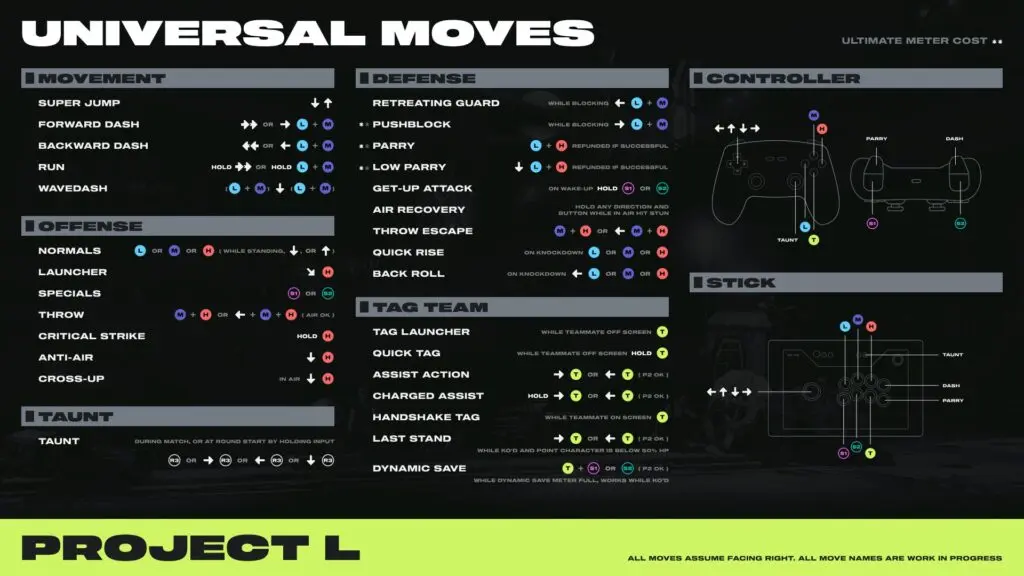
Movement
Movement is where fighting games are made or missed. Project L already has a robust movement and mobility suite, and it’s not even out. These are all of the Movement abilities that will keep you slippery and safe.
Super Jump: Super Jump is just the equivalent of many fighting games’ high jump, gaining you extra distance in the air.
Forward Dash: Double-tapping a sideways directional input results in a dash in the direction your champion is facing.
Backward Dash: The mirror of Forward Dash, this dashes you in the direction you’re not facing.
Run: Holding down a sideways input results in a run. However, this is likely going to be a secondary form of mobility to the next input.
Wavedash: All those Melee fans can be happy the Wavedash, a rapid-fire movement trick that allows a character to skate along the ground by making a series of rapid jumps and dashes, is around in Project L. Project L’s Wavedash can be done by inputting a Forward Dash or Backward Dash, inputting a directional command down into the ground, then repeating the same Dash. This allows the character to dash across the arena much faster.
Offense
Offense moves are the bread and butter of a fighting game. The goal is to hit your opponent until their HP is gone, so doing damage is paramount. These actions are exactly the type of straightforwards damage-dealing that you can expert from a 2d brawler.
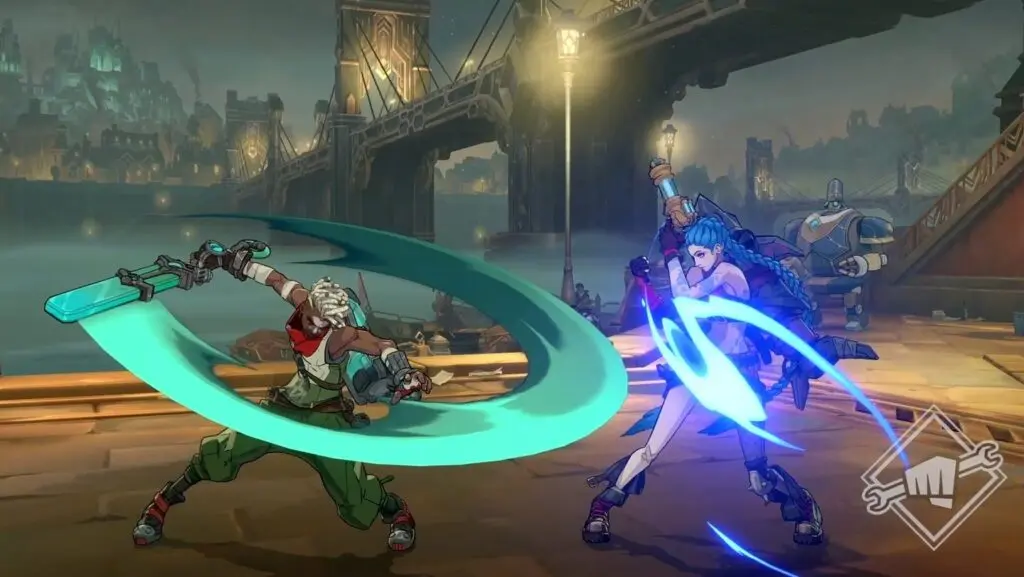
Light Attack: This is the quickest, but least damaging variant of basic attack.
Medium Attack: Medium attacks are exactly what the name says, a middle ground of speed and damage.
Heavy Attack: Heavy attacks tend to be slow, telegraphed, but highly damaging abilities.
Launcher: A downward diagonal input and a Heavy Attack will initiate a character’s Launcher, an attack meant to knock the enemy up into the air to enable aerial combos and switch-ups.
Special: Specials vary wildly by champion, but they tend to be character-defining abilities that
Critical Strike: Holding a Heavy Attack unleashes an especially powerful attack that can break through enemy defenses to end stalemates or finish off well-executed combos.
Anti-Air: This is an attack only usable while the character is on the ground. Downwards directional input and a Heavy Attack will do a character’s Anti-Air, a move designed to punish nearby airborne enemies and bring them back to the ground.
Cross-Up: This is the same input as the Anti-Air, but is meant to be a core part of aerial combos. the Crossup is generally a powerful utility move that will extend the character’s combos and act as minor mobility.
Defense
Defense is what it says on the tin, all of the mechanics that are meant for defending and protecting your team. There’s very little damage here, but tons of utility and skill expression is sure to come from this varied set of tools.
Defense Project L Move List
Retreating Guard: While blocking, you can input backwards to dash away with a Retreating Guard.
Pushblock: The Pushblock is just the forwards version of the Retreating Guard. The Pushblock costs a single bar of Meter.
Parry: The Parry is one of Project L’s key mechanics. Trying to Parry costs a bar of Meter. Clicking Light Attack when the enemy is about to strike you can result in a Parry if you get the right timing. If the Parry is successful, the enemy’s move will be interrupted and you’ll be refunded the bar of Meter you spent. Normal Parry will only Parry aerial moves and neutral moves.
Low Parry: This is a version of Parry that protects against low attacks, hence the added downwards input.
Get Up Attack: The Get Up Attack is a way to get back in the fight offensively after being knocked down. This is meant to punished enemies who close the gap too quickly onto a downed opponent without a gameplan.
Air Recovery: This is quite simple. After being struck by an aerial attack, you will briefly be placed into a state called Air Hit Stun. Simply input in the direction you want to move while in Air Hit Stun. Then, also hit any button to do an air recovery in that direction. This is meant to be a way out of brutal aerial combos that characters like Yasuo can get you stuck in.
Throw Escape: The Throw Escape is a way to avoid the usual trajectory of a throw move, and can be accomplished as a way to disrupt combos and get back to safety.
Quick Rise: After being knocked down, you can input any of the basic attack buttons to quickly rise to your feet, ready to fight again. This is a way to let skilled players minimize their downtime.
Back Roll: Exactly what it sounds like, the Back Roll is a way to recover out of a Knockdown state and create some distance between you and your opponent. Simply input a backward directional input and any of the basic attack commands.
Tag Team
Tag Team mechanics are the single-most defining aspect of Project L’s gameplay. Every player or team has two champions at their disposal, each with unique movesets and abilities. Tag Team abilities are any of the moves that involve bringing the inactive champion of your two-man team into play. These are divided into two types of Tag Team moves. One type involves your second champion briefly appearing to contribute to a combo before going offscreen again. The second is a Handshake combo, which swaps which champion is active and inactive mid-fight.
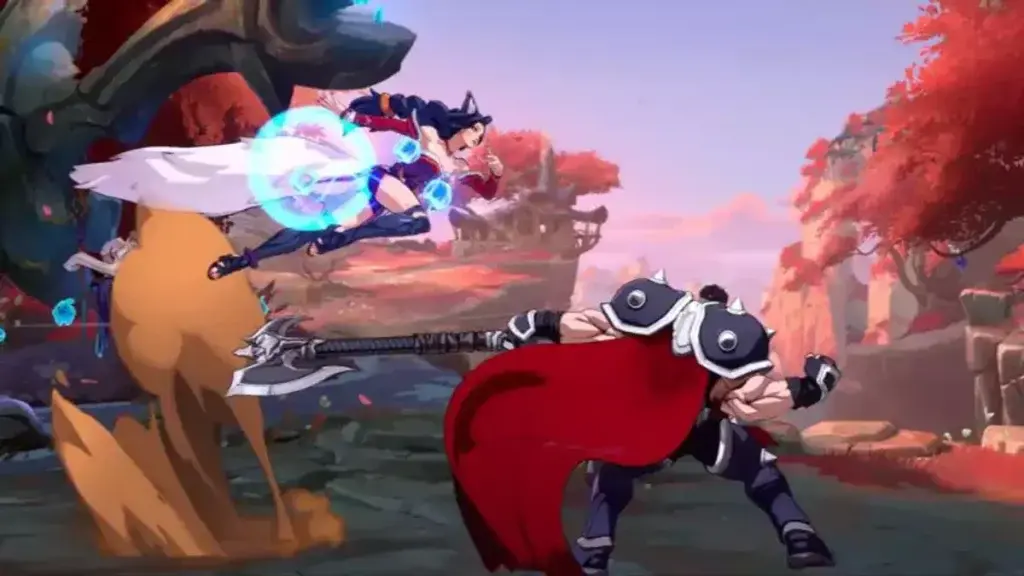
Team Mechanics are the most important and defining parts of Project L.
Tag Team Project L Move List
Tag Launcher: A Tag Launcher is just like a normal Launcher, but Tag Team. You call in your ally to perform their Launcher, allowing you to combo with that Launcher on your active champion. Champions with good Launchers can use this to set up their ally for brutal combos. This is done by tapping the Tag button while the inactive champion is off screen.
Quick Tag: Quick Tags are rapid Tag moves meant to extend combos and start engagements. Quick Tags can be achieved by holding Tag while your ally is on screen.
Assist Action: Assist actions vary by champion, but these are small utility-focused tag team moves. An Assist Action is done by inputting a sideways movement command and tapping Tag.
Charged Assist: The Charged Assist is like an Assist action, except it takes longer to charge and does more damage. This is done by holding the Assist action command down.
Handshake Tag: This is the most important Tag Team action in the Project L move list. Handshake Tags are the moves that swap the active and inactive champion mid-combo. They send the one who has been fighting off screen and bringing the off-screen one on. This can only be done while both allies are on screen. You’ll have to use a Tag Launcher, or Quick Tag to bring them on screen. While they’r on screen, it’s time to then engage the Handshake Tag.
Last Stand: Last Stand is a mechanic that gives a champion a unique dash cancel and more damage when their ally is KO’d. This can only be done while the remaining character is below 50% HP.
Dynamic Save: Only doable while the Dynamic Save meter is full, this save tags in an ally even if they’re dead for one last crucial contribution to the fight.
Those are all of the universal commands in Project L. We hope this guide was helpful for visualizing the base mechanics of Project L. There’s still no announced release date for this highly-anticipated fighting game.
Recommended
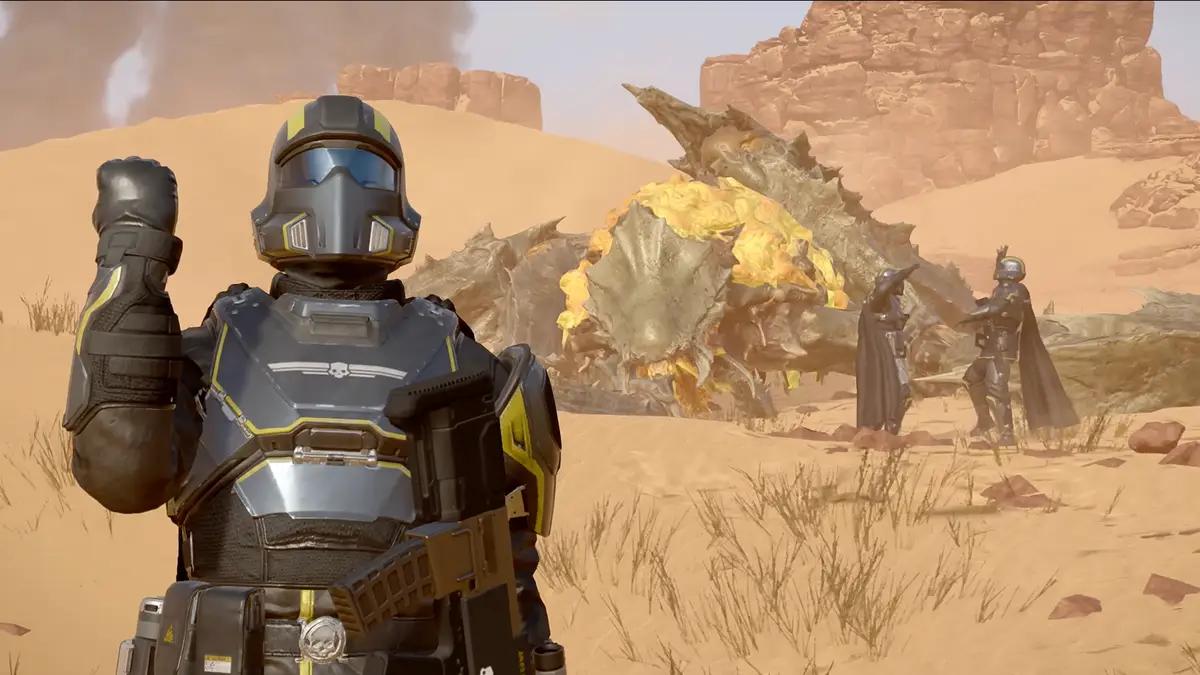
Helldivers 2 players are boycotting after latest update
No PlayStation? Too bad.

All we know about XDefiant release date, crossplay, and more
It’s happening for real this time!

These are the most unexpected eSports games
Thoughts of competitive eSport tournaments conjure up images of gamers playing popular games like...


